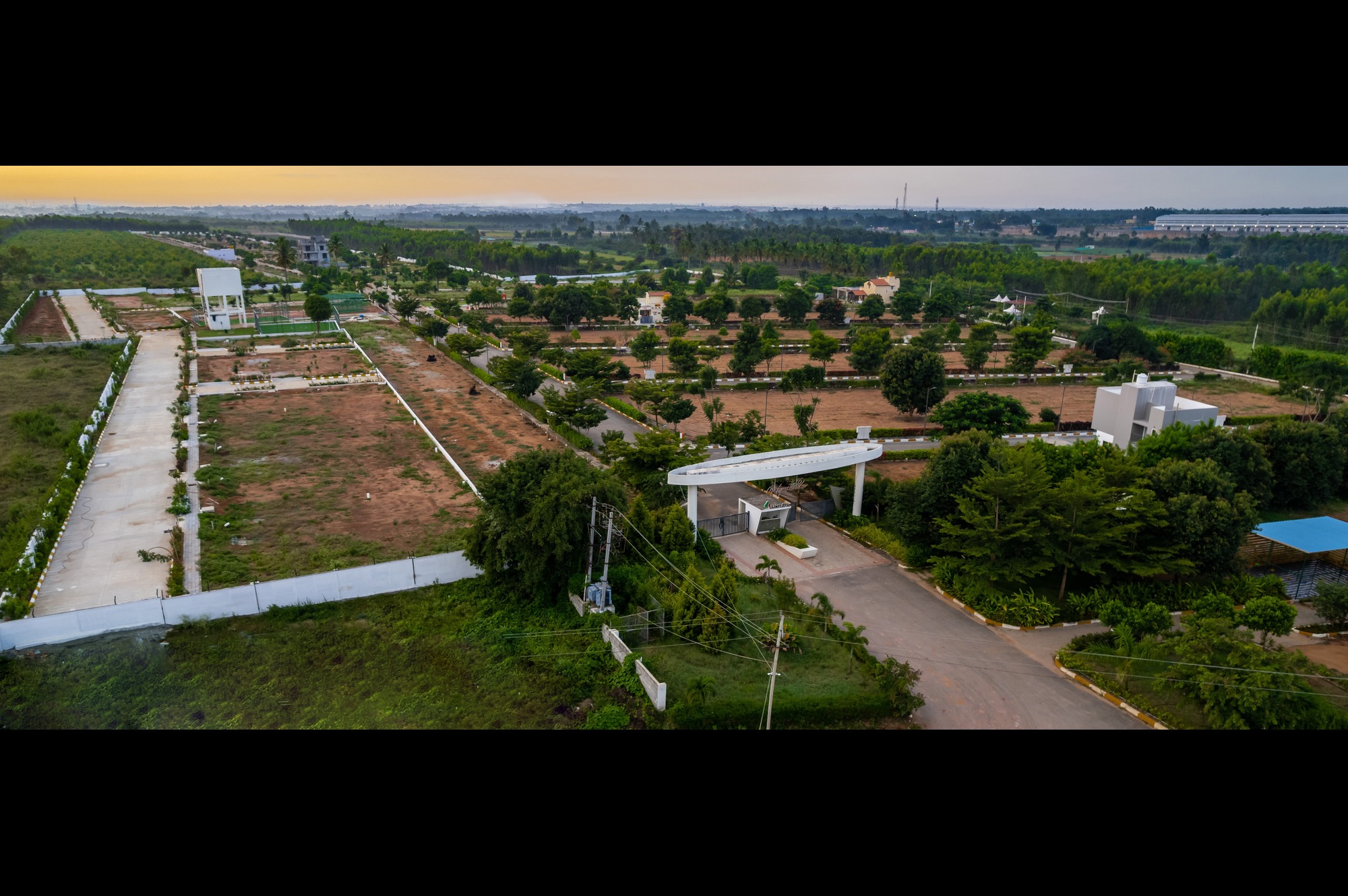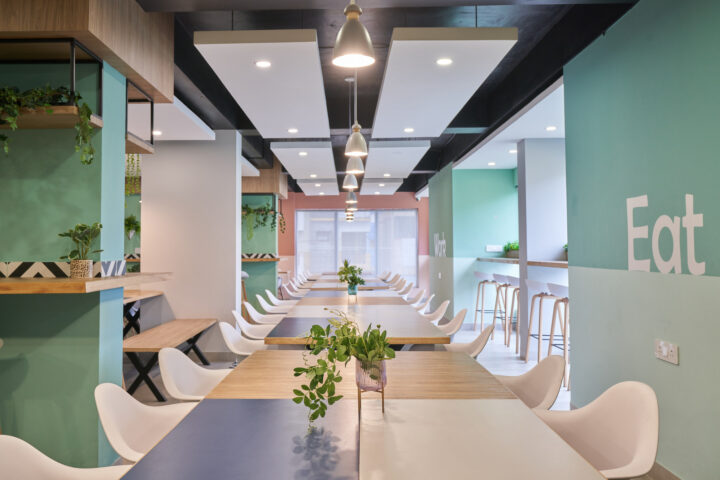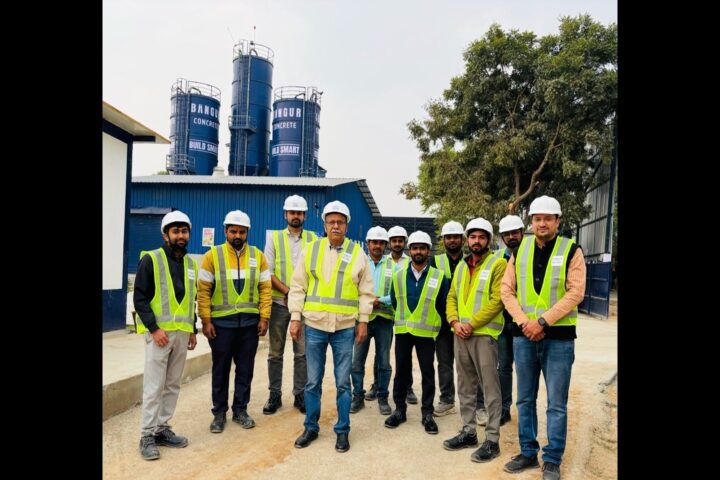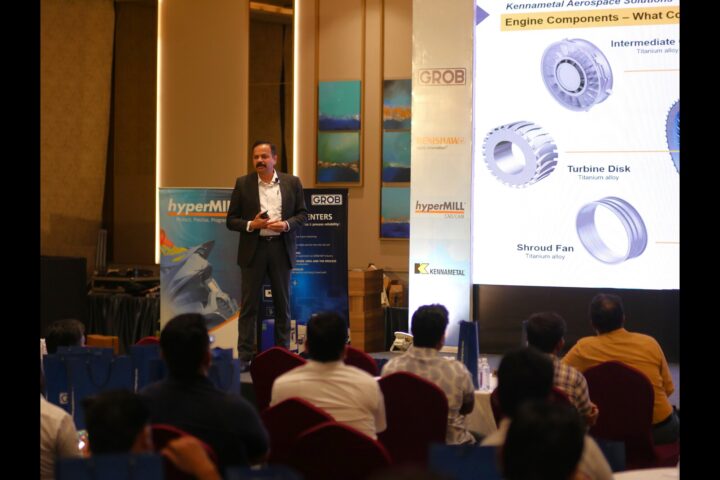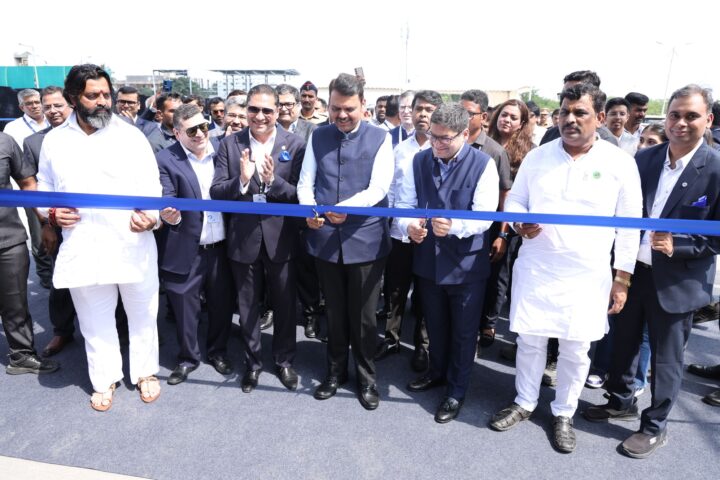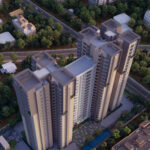by Manjunath V, Managing Partner, Aakruthi Properties
The housing market in India is undergoing a definite transformation due to an interplay of facets such as rising property prices, changing buyer preferences, and a growing desire for greater autonomy in homeownership. In Q3 2024 alone, residential property rates in the country’s topmost metros surged by an average of 11% year-on-year with Delhi-NCR leading at 32% and Bengaluru following at 24%. This acceleration in prices is altering the very meaning of affordability, apart from encouraging homebuyers to reconsider where and how they wish to live.
As cities become denser and vertical living more customary, buyers are attempting to shift focus from conventional high-rise apartments towards options that provide space, flexibility, and long-term value. This realisation has led to a corresponding trend: the popularity of plotted developments. These developments offer land ownership accompanied by the freedom to design and build homes based on one’s lifestyle. A recent survey also stresses this wave, revealing that 58% of first-time homebuyers prefer plots over built-up homes. Besides, this trend is largely prominent in emerging growth corridors like Whitefield, KR Puram, Budigere Cross, and other parts of East Bangalore. As infrastructure projects loop in newer growth corridors in times to come, these horizontal communities are well-set to become the new face of urban India.
Growing appeal of plotted developments
For the uninitiated, plotted developments refer to land parcels that are sold within a planned, usually gated layout with pre-approved infrastructure, legal clearances, and shared amenities. In contrast to apartments, where one adapts to a set layout, plots enable a person to create a space that is entirely their own. Whether it is about designing a multi-generational house with separate floors or adding eco-conscious architecture, plotted developments empower homeowners to ideate a life. This freedom further translates into financial flexibility as well. Buyers can invest in land and construct it when they feel ready. This prospect allows them to level out expenses instead of buying property on a hefty EMI.
Understanding the current buyer base
The demand for plotted developments covers a diverse base where each segment is led by distinct aspirations yet they seem to be united by a desire for flexibility and lasting value. HNIs and NRIs increasingly view it as a safe option for asset-building in the midst of global economic volatility. Millennials and IT professionals, on the other hand, are stirred by the freedom to personalise these plots. For this cohort, plotted homes offer an escape from cookie-cutter apartments and promise greater value for money. Many see it not purely as a lifestyle upgrade but a smarter long-term alternative.
Early retirees and second-home buyers seek quieter, greener environments and they do not wish to lose access to urban convenience. With hybrid and remote work becoming the norm, weekend homes on the city’s edge appear to be practical retreats for them. Meanwhile, the aspirational middle class, sees it as something more than an investment; it is an emotional milestone that reaffirms upward mobility, self-made success, and future security. While all these segments have their own set of notions of what they value in a home, a common thread is that they are beginning to recognise the importance of living mindfully.
Shift toward low-density, intentional living
Urban living has thus far been associated with congestion, noise, and dearth of space. Covid-19 induced lockdowns further heightened this discomfort by restricting families within the four walls of their homes and baring the downsides of high-rise living. Conversely, plotted developments encourage low-density living with broader internal roads, private gardens, and green buffers that nurture health and harmony. These layouts support open spaces, community gardens, and walkable neighbourhoods, which have become pre-eminent for health-conscious buyers.
Strategic locations with infrastructural growth
The growth of plotted communities in areas like East Bangalore is no coincidence as it is seeing swift infrastructural upgrades. Some of the prominent projects comprise Satellite Town Ring Road (STRR), Peripheral Ring Road, and the upcoming Bangalore-Chennai Expressway. Subsequently, locations like KR Puram, Whitefield Extension, and Budigere have become more desirable. These places merge affordability with connectivity to IT corridors, educational institutions, hospitals, and shopping hubs. In such regions, buyers can enjoy a twofold advantage: future-ready locations and suburban tranquillity.
Legal clarity and infrastructure
Gone are the times when buying land was fraught with legal uncertainty. Modern homebuyers are much more informed and discerning. Thanks to regulatory reforms like the Real Estate Regulatory Authority (RERA) and the introduction of digitised property records such as e-Khata, plotted developments have become transparent and structured.
Plotted layouts now come with clear land titles, zoning compliance, and pre-installed infrastructure including roads, drainage, electricity, water supply, and rainwater harvesting systems. Developers are even building plug-and-play plots with all civic essentials prepared, thereby reducing construction delays and legal concerns. This change has not only boosted buyer confidence but has also turned plotted developments into a secure investment.
A complete living environment offered
Modern plotted developments are growing into integrated lifestyle communities. It has less to do with barren land parcels and is more about mini-townships with walking trails, fitness zones, clubhouses, and community gardens. These features blend the charm of independent living with the convenience of community life. In emerging suburbs of Bangalore East, this hybrid model is ever more desirable.
Lifestyle rooted in flexibility and intentionality
All things considered, what we are witnessing today is a cultural shift in how Indians define a home. It is not just about squeezing into pre-set formats or buying for the sake of building an asset; it is about intention, growth, and personal expression. Plotted developments speak to this new ethos by offering just the space to thrive. In East Bangalore and similar urban regions, the movement from land to lifestyle is picking up pace, one plot at a time.
Families now seek homes that evolve with them and include spaces for work-from-home, wellness, leisure, and intergenerational bonding. Plots offer the right canvas for this, where homeowners can become the architects of their lives.


